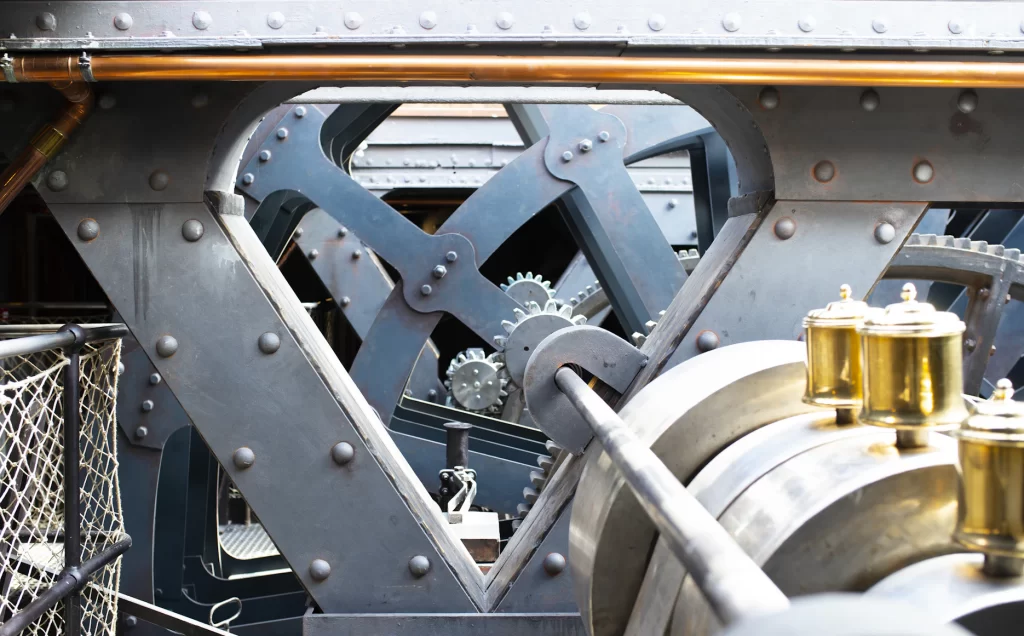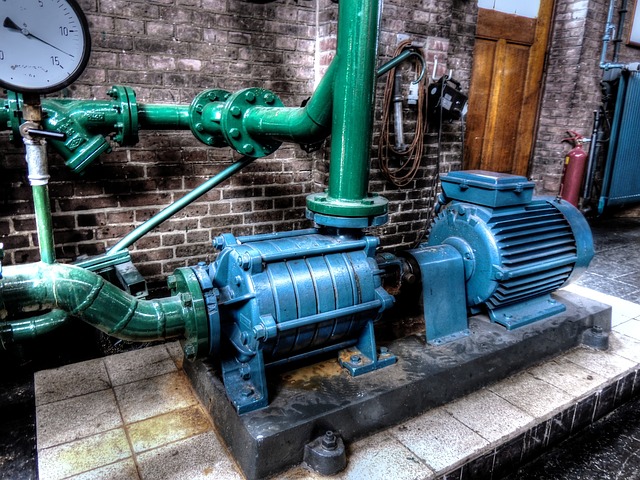(1) The air pressure in the plateau area is low, and the oxygen content is obviously reduced. The motor needs a large amount of oxygen to participate in combustion during high-speed operation, and insufficient oxygen supply will directly affect the efficiency of the motor and even lead to motor failure.
(2) Temperatures in the highlands are low, especially at night, and can be as low as minus ten degrees. This can cause the motor’s lubricating oil to become sticky and resistant, thus affecting the motor’s operation.
(3)Air pressure or air density is lower in highland areas, which causes a reduction in the strength of the insulation medium. For every 1,000 meters of elevation, the strength of the insulation decreases by 8% to 13%, thus increasing the risk of insulation breakdown of the motor.

(1)The operating efficiency of the motor decreases under light load. This is because the actual load of the motor is much smaller than the rated load, resulting in the motor failing to give full play to its working capacity, thereby increasing the energy consumption of the equipment. At the same time, due to the smaller load, the running current of the motor is also smaller, and the power factor is lower, which further affects the efficiency of the motor.
(2)Light load operation increases the rate of equipment failure of the motor. Under light load, the motor runs at a lower temperature, which may lead to poor lubrication, increasing the risk of equipment wear and failure. Prolonged light load operation may even lead to serious damage to the motor such as overheating, short circuits and open circuits.
(3)Light load operation also shortens the life of the motor. When lightly loaded, there are too many windings inside the motor and the load current is too small, which may cause the motor to overwork and gradually deteriorate, reducing the service life of the equipment.
Excessive use of the motor in a low-temperature environment will cause:
(1)Poor lubrication: At low temperatures, the viscosity of the lubricant increases and the fluidity deteriorates, leading to poor lubrication, which in turn increases the internal friction of the motor and makes it difficult to start.
(2)Increased motor load: Low temperatures may cause problems with circuit components and wiring, thus increasing the load on the motor. At the same time, poor lubrication may also increase the friction of moving parts, further increasing the motor load, making it more difficult to start.
(3)Low motor stator winding temperatures: At low temperatures, the resistance of the motor stator windings increases and the current through them decreases, which can also make motor starting difficult.
(4)Reduced inductive resistance and magnetic flux: At low temperatures, the inductive resistance and magnetic flux of the motor may be reduced, making the starting current of the motor increase, which reduces the starting torque of the motor.
(5)Decrease in insulation performance: Under low temperature environment, the insulation material of the motor may be affected, resulting in a decrease in insulation performance, which leads to generator failure and affects its normal starting.
In order to solve the problem of motor starting failure under low temperature environment, the following measures can be taken:
(1)Selection of appropriate lubricating oil: Select low-temperature lubricating oil or add anti low-temperature agent in the original lubricating oil to ensure lubrication effect.
(2)Use of heaters: motors working in low-temperature environments should be equipped with motor heaters to maintain the normal operating temperature of the motor.
(3)Increase the insulation level of the motor: When designing the motor, increase the insulation level of the motor to better adapt to the low temperature environment.
(4)Configure the motor shield: Wrap the motor in the shield to prevent the cold air from directly contacting the motor parts and ensure that the motor can work normally.
When the motor is designed, the silicon steel sheet generally works in the saturation region of the magnetization curve. When the power supply voltage is constant, reducing the frequency will increase the magnetic flux and the excitation current, resulting in an increase in the motor current and copper consumption, which will eventually lead to an increase in the temperature rise of the motor. In severe cases, the motor may be burned due to overheating of the coil.

Soft start has a limited energy-saving effect, but it can reduce the impact of start-up on the power grid, and can also achieve a smooth start to protect the motor unit. According to the theory of energy conservation, due to the addition of a relatively complex control circuit, a soft start not only does not save energy but also increases energy consumption. But it can reduce the starting current of the circuit and play a protective role.
Enneng is a China leading permanent magnet motor provider. Enneng is devoted to the research and development of various special high & low voltage Low-speed High-torque permanent magnet motors, constant-speed permanent magnet motors, and special direct-drive permanent magnet motors. We adhere to the quality concept of “Precision Performance”, introduce advanced product design and manufacturing processes at home and abroad, and offer products that meet national and international quality standards.